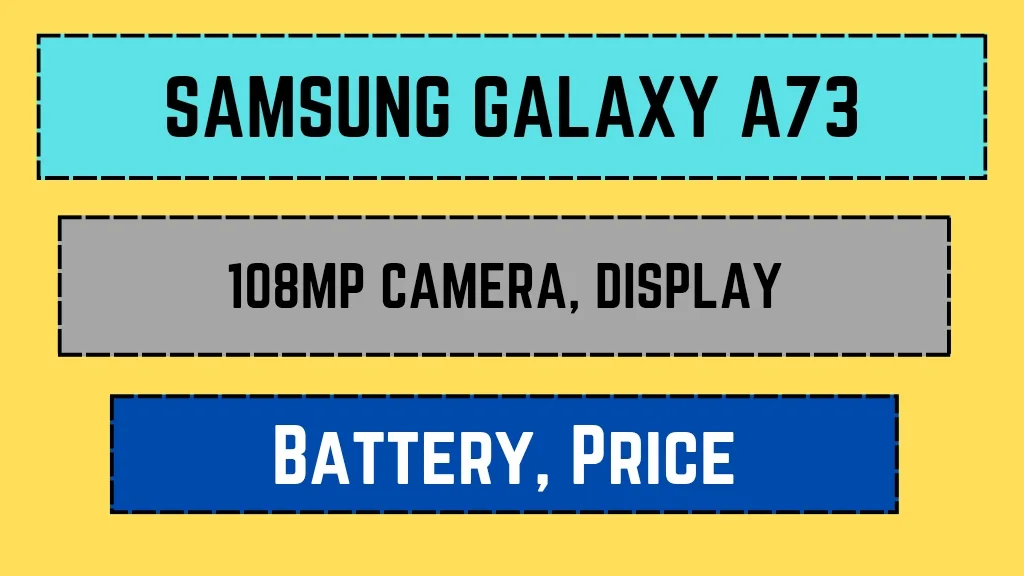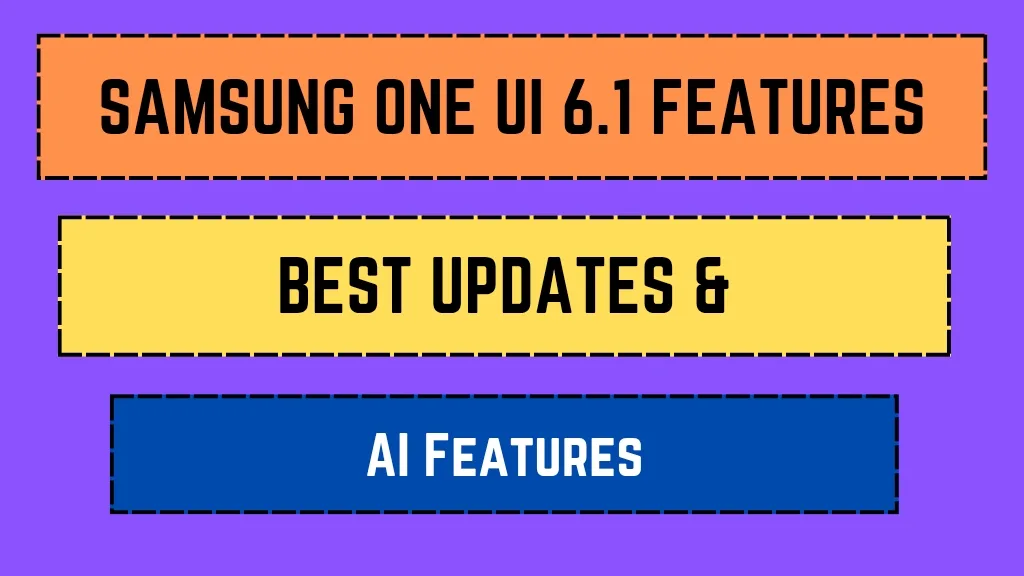The battle between Samsung and Apple continues with their latest flagship smartphones—the Samsung Galaxy S24 Ultra and the iPhone 15 Pro Max. Both devices represent the pinnacle of smartphone technology, offering cutting-edge performance, professional-grade cameras, and long-lasting battery life. However, choosing between them depends on various factors, including operating system preference, camera capabilities, processing power, and ecosystem integration.
The Galaxy S24 Ultra boasts Samsung’s Exynos 2400/Snapdragon 8 Gen 3 chipset, a 200MP primary camera, and a 6.8-inch Dynamic AMOLED 2X display. Meanwhile, the iPhone 15 Pro Max features Apple’s A17 Pro chip, a 48MP main sensor with tetraprism zoom, and the polished titanium design.
This in-depth comparison will explore performance benchmarks, camera quality, battery endurance, software experience, and additional features to help you decide which flagship is worth your investment.
Key Highlights
| Feature | Samsung Galaxy S24 Ultra | iPhone 15 Pro Max |
|---|---|---|
| Organization Name | Samsung Electronics | Apple Inc. |
| Processor | Snapdragon 8 Gen 3 / Exynos 2400 | A17 Pro Bionic |
| Display | 6.8″ Dynamic AMOLED 2X (120Hz) | 6.7″ Super Retina XDR (120Hz) |
| Main Camera | 200MP + 12MP Ultra-Wide + 50MP Telephoto (5x) | 48MP + 12MP Ultra-Wide + 12MP Telephoto (5x) |
| Battery | 5,000mAh (45W Fast Charging) | 4,422mAh (27W Fast Charging) |
| Official Website | samsung.com | apple.com |
Performance: Snapdragon 8 Gen 3 vs A17 Pro Bionic
When it comes to raw performance, both the Samsung Galaxy S24 Ultra and iPhone 15 Pro Max are powerhouses. The S24 Ultra is powered by Qualcomm’s Snapdragon 8 Gen 3 (in most regions) or Samsung’s Exynos 2400, delivering exceptional multi-core performance and AI enhancements. Early benchmarks suggest a 20% improvement in GPU performance over its predecessor, making it ideal for gaming and multitasking.
On the other hand, the iPhone 15 Pro Max features Apple’s A17 Pro chip, built on a 3nm process, offering unmatched single-core efficiency. Apple’s optimization ensures smooth performance in iOS-exclusive apps, augmented reality (AR), and high-end gaming. While Geekbench scores slightly favor the A17 Pro in single-core tests, the Snapdragon 8 Gen 3 excels in sustained workloads due to better thermal management.
Software optimization also plays a crucial role—iOS 17 is designed to maximize the A17 Pro’s efficiency, whereas One UI 6.1 (based on Android 14) provides greater customization. If you prioritize gaming and AI-driven tasks, the S24 Ultra might edge ahead, but for seamless app performance and longevity, the iPhone 15 Pro Max remains unbeatable.
Camera Comparison: 200MP vs 48MP with Advanced Zoom
The camera systems on both devices are designed for professional photography, but they take different approaches. The Samsung Galaxy S24 Ultra features a 200MP primary sensor, a 12MP ultra-wide lens, and a 50MP periscope telephoto lens with 5x optical zoom. Samsung’s AI-powered image processing enhances details in low light and improves portrait mode accuracy. The 200MP mode allows for lossless cropping, making it ideal for photographers who need flexibility in post-processing.
Meanwhile, the iPhone 15 Pro Max uses a 48MP main sensor with pixel binning (for 12MP default shots) and a tetraprism telephoto lens with 5x optical zoom. Apple’s Photonic Engine improves dynamic range, while ProRes video recording (up to 4K 60fps) gives videographers an edge. The iPhone’s computational photography excels in realistic skin tones and HDR performance, making it a favorite among content creators.
In low-light conditions, the S24 Ultra’s larger sensor captures more light, but the iPhone’s Night Mode produces more balanced exposures. For zoom capabilities, both offer 5x optical zoom, but Samsung’s AI Super Resolution enhances digital zoom up to 100x (though with some quality loss). Ultimately, Samsung wins in versatility, while Apple leads in color accuracy and video performance.
Battery Life and Charging: Endurance vs Fast Charging
Battery life is a critical factor for power users. The Samsung Galaxy S24 Ultra packs a 5,000mAh battery, supporting 45W wired fast charging and 15W wireless charging. In real-world usage, it delivers 7-8 hours of screen-on time, making it ideal for heavy multitasking.
The iPhone 15 Pro Max, despite its smaller 4,422mAh battery, benefits from iOS optimizations, offering similar endurance in daily use. However, its 27W fast charging is slower compared to Samsung’s 45W, meaning longer charging times. Both phones support reverse wireless charging, but Samsung’s implementation is more efficient for charging accessories.
If fast charging is a priority, the S24 Ultra is the better choice, but the iPhone 15 Pro Max’s efficiency ensures reliable all-day battery life.
Final Verdict: Which One Should You Buy?
Choosing between the Samsung Galaxy S24 Ultra and iPhone 15 Pro Max depends on your priorities:
- For Android enthusiasts and power users, the S24 Ultra offers better customization, faster charging, and superior zoom capabilities.
- For iOS loyalists and videographers, the iPhone 15 Pro Max provides smoother performance, better video recording, and longer software support.
Both are premium flagships, but your choice will ultimately come down to ecosystem preference and specific use cases.
FAQs
1. Which phone has a better display: S24 Ultra or iPhone 15 Pro Max?
The S24 Ultra’s Dynamic AMOLED 2X offers higher brightness and better contrast, while the iPhone 15 Pro Max’s Super Retina XDR has more accurate colors. Both support 120Hz adaptive refresh rates.
2. Does the iPhone 15 Pro Max have better battery life than the S24 Ultra?
Despite its smaller battery, the iPhone 15 Pro Max matches the S24 Ultra’s endurance due to iOS optimizations. However, Samsung charges faster (45W vs 27W).
3. Which phone is better for gaming?
The S24 Ultra’s Snapdragon 8 Gen 3 has a superior GPU, but the iPhone 15 Pro Max’s A17 Pro offers better optimization for iOS games.
Rahul Sharma is a Senior Tech Analyst specializing in mobile devices, with 8+ years of experience reviewing smartphones and wearables. Holding a degree in Electronics Engineering, he provides in-depth comparisons and buying guides. Rahul enjoys staying updated with the latest mobile tech trends and benchmarking performance metrics.


